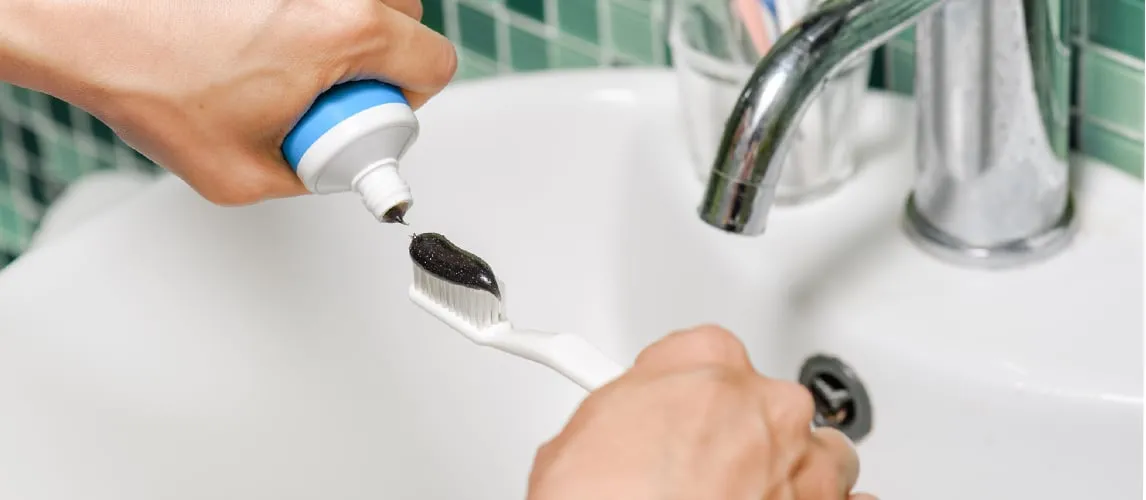Understanding Whitening Toothpaste
Whitening toothpaste has become a staple in many people’s oral hygiene routines, promising a brighter, more confident smile. But what exactly is it, and how does it differ from regular toothpaste? Understanding the basics is crucial to making an informed choice. Whitening toothpaste typically works by removing surface stains from your teeth, giving them a more polished appearance. Unlike professional teeth whitening treatments, these toothpastes don’t change the intrinsic color of your teeth. The effectiveness depends on various factors, including the type of stains, the ingredients used, and the frequency of use. It’s important to manage your expectations and recognize that results may vary from person to person. Consistent use, along with other good oral hygiene habits, is key to maximizing the benefits of whitening toothpaste.
How Whitening Toothpaste Works
Whitening toothpaste works through two primary mechanisms abrasive action and chemical action. Abrasive toothpastes contain mild abrasives that gently scrub away surface stains. These abrasives polish the teeth, removing stains caused by coffee, tea, wine, and other foods and drinks. Chemical whitening toothpastes often contain ingredients like hydrogen peroxide or other bleaching agents. These chemicals help break down stain molecules, leading to a brighter appearance. The effectiveness of each type depends on the specific ingredients and the concentration. It’s essential to choose a toothpaste that is not overly abrasive to avoid damaging the enamel. Always follow the instructions on the toothpaste package, including how frequently and how long to brush, to get the best results. Regular use, as part of a complete oral care routine, ensures that you maintain a bright, healthy smile.
Ingredients to Look For
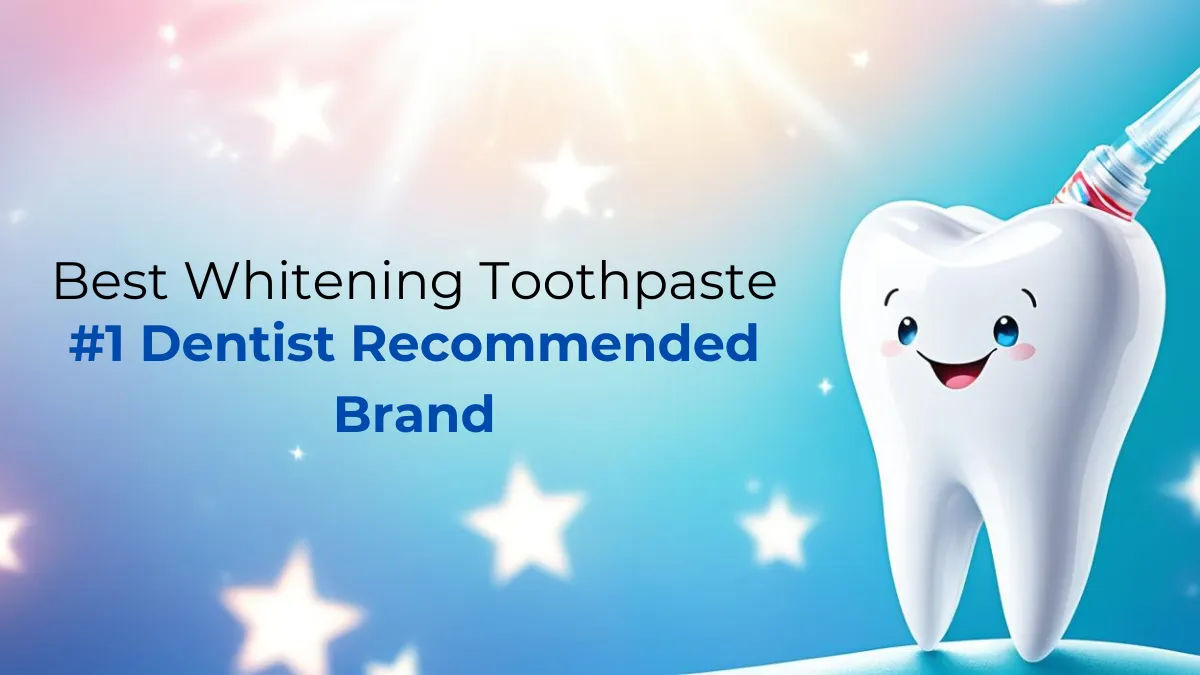
When choosing whitening toothpaste, pay close attention to the ingredients. Several key components contribute to its stain-removing capabilities. Abrasives like hydrated silica, calcium carbonate, and dicalcium phosphate are common. These gently scrub the teeth’s surface to remove stains. Hydrogen peroxide and carbamide peroxide are often present in chemical whitening toothpastes, acting as bleaching agents to break down stains. Fluoride is another critical ingredient, as it strengthens tooth enamel and helps prevent cavities. Other ingredients to consider include those that may help with sensitivity, such as potassium nitrate. Always check for the American Dental Association (ADA) seal of acceptance, which ensures that the toothpaste has been tested and proven safe and effective. For those with sensitive teeth, look for formulations that are designed to be gentle while still offering whitening benefits.
Types of Whitening Toothpaste
Whitening toothpastes come in various formulations, each with its specific strengths. Some are designed for general use, providing a balance between whitening and everyday cleaning. These are a good starting point for those new to whitening toothpastes. Others focus on specific needs, such as sensitive teeth, using gentler abrasives and ingredients that minimize irritation. There are also toothpastes that target specific types of stains, like those caused by coffee or smoking. Some brands offer charcoal-based toothpastes, which have gained popularity for their purported whitening effects, but the evidence is mixed. Consider your individual needs, dental health, and the advice of your dentist to select the most appropriate type. Always check the product label to confirm whether the toothpaste is suitable for your specific dental situation and any sensitivities you might have. Varying brands, flavors, and specialized formulations ensure there is a whitening toothpaste for almost everyone.
Choosing the Best Whitening Toothpaste
Selecting the best whitening toothpaste involves considering several factors to ensure you achieve the desired results safely and effectively. Start by assessing your specific dental needs. If you have sensitive teeth, look for toothpastes that are formulated to be gentle. Check for the ADA seal of acceptance, a mark that indicates the toothpaste meets standards for safety and effectiveness. Think about your lifestyle and habits; if you drink coffee or tea regularly, you might need a toothpaste that targets those types of stains. Furthermore, consider your budget and the price point. Lastly, always consult with your dentist to get personalized advice. The best whitening toothpaste is one that addresses your unique needs, promotes good oral health, and helps you achieve a brighter smile without causing any harm.
Consider Your Dental Needs
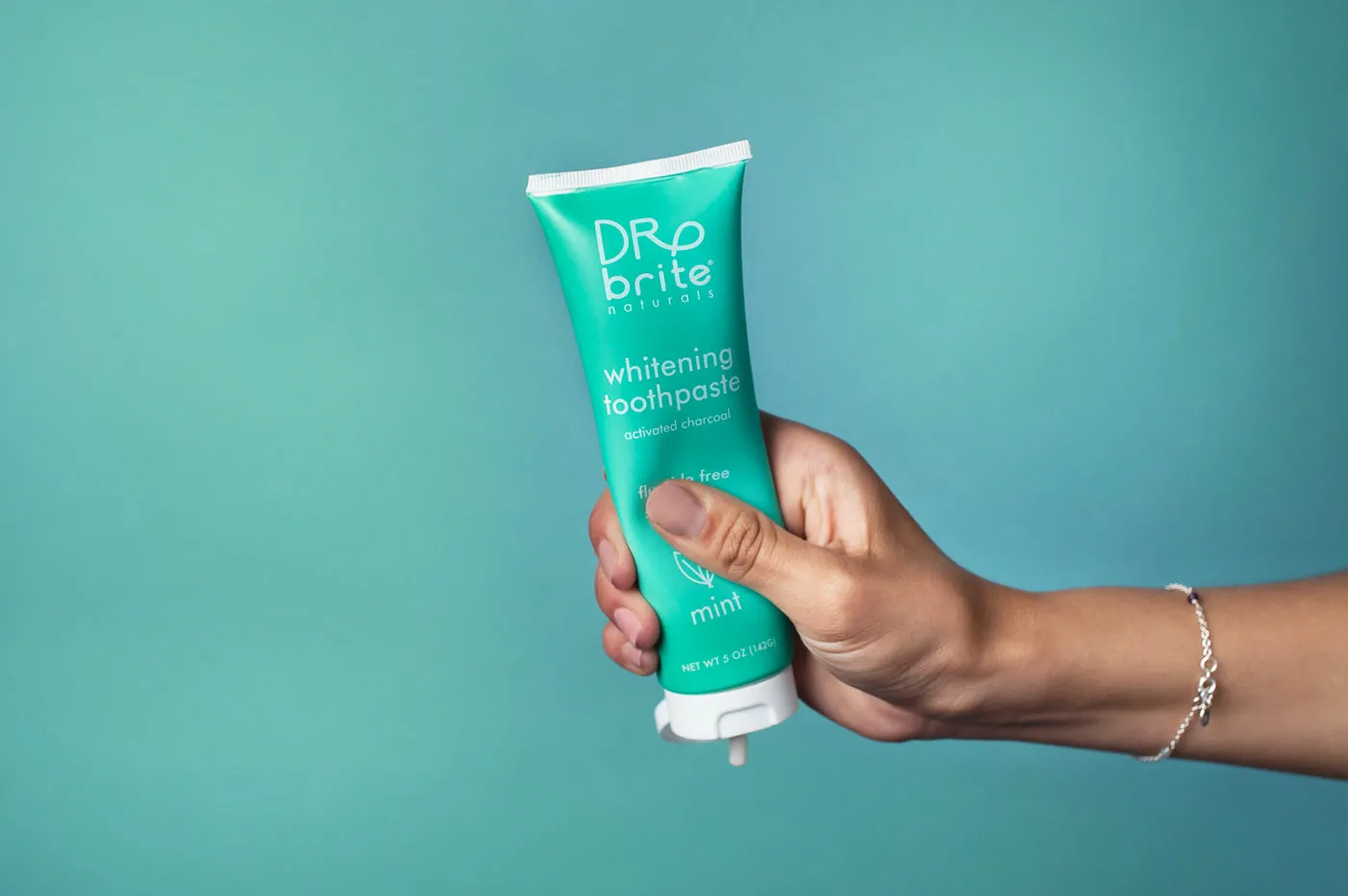
Before selecting a whitening toothpaste, consider your unique dental needs. Do you have sensitive teeth? Look for formulations specifically designed for sensitive teeth, which contain gentler abrasives and may have ingredients like potassium nitrate. What is the condition of your gums and enamel? If you have any existing dental issues, such as cavities or gum disease, consult your dentist before starting to use whitening toothpaste. The abrasives in some toothpastes might exacerbate these conditions. Your dentist can guide you to the most appropriate products and ensure they complement your overall oral health plan. Understanding the condition of your teeth and gums will help ensure you choose a safe and effective product that meets your individual needs. Always prioritize your dental health over cosmetic results when making your selection.
Read Reviews and Recommendations
Reading reviews and seeking recommendations from other users can provide valuable insights into the effectiveness of whitening toothpastes. Online reviews from various sources offer a range of opinions on different brands and formulations. Pay attention to what people are saying about the toothpaste’s ability to remove stains, its impact on tooth sensitivity, and its overall taste and feel. Websites and forums dedicated to oral health often have detailed reviews and comparisons. Consider recommendations from dentists, as they can offer professional insights into which products are most effective and safe. When reviewing, look for consistent feedback and genuine experiences. Note any common themes in negative reviews, such as sensitivity issues, and consider those factors as you make your decision. Reviews provide a broader perspective than the product packaging, helping you make a more informed choice.
Consult Your Dentist
The best way to choose a whitening toothpaste is by consulting your dentist. Your dentist can evaluate your oral health and determine the best course of action based on your specific needs. They can recommend products that align with your dental condition, helping you avoid potential side effects like increased sensitivity. Dentists have expert knowledge of different toothpaste formulations and ingredients and can guide you on what to look for. They can also provide insights into your existing dental work, such as fillings or veneers, and how these may respond to certain whitening agents. Moreover, your dentist can assess your current oral hygiene practices and suggest improvements to maximize the whitening effects. Regular dental check-ups are crucial to maintaining your oral health and ensuring you are making the right choices when it comes to whitening your teeth. Consulting your dentist ensures you get personalized advice and the safest, most effective solutions.
Using Whitening Toothpaste Effectively
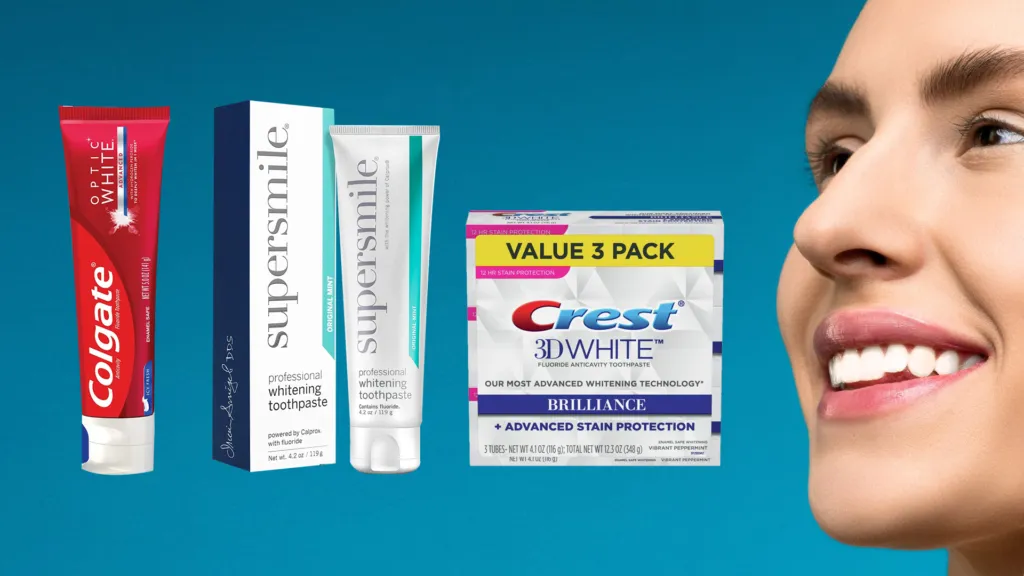
Using whitening toothpaste effectively involves more than just squeezing it onto your toothbrush. Proper technique and consistent habits are essential for achieving the desired results and maintaining good oral health. Following these practices can maximize the toothpaste’s effectiveness while minimizing any potential negative side effects. Combining good brushing habits with the right product will lead to a healthier, brighter smile. Remember, that consistency is a must for maintaining the results, so make these practices a part of your daily routine.
Proper Brushing Technique
The way you brush your teeth significantly impacts the effectiveness of any whitening toothpaste. Use a soft-bristled toothbrush and gently brush your teeth for two minutes, twice a day. Apply a small amount of toothpaste, about the size of a pea. Use gentle, circular motions, ensuring you reach all surfaces of your teeth, including the back and the chewing surfaces. Don’t apply too much pressure, as this can damage your enamel and gums. Be sure to brush your tongue to remove bacteria and freshen your breath. After brushing, rinse thoroughly with water. Brushing effectively is a fundamental part of oral hygiene. Combining it with an effective whitening toothpaste ensures you achieve the best possible outcomes. Regular brushing, along with flossing and rinsing with mouthwash, completes a complete oral care routine.
Consistency is Key
Consistency is paramount when using whitening toothpaste. For best results, brush your teeth with the whitening toothpaste twice a day, every day. Regular use allows the active ingredients to effectively remove surface stains and reveal a brighter smile. Don’t expect instant results; it may take several weeks or months of consistent use to see a noticeable difference. Make brushing with whitening toothpaste a non-negotiable part of your morning and evening routines. If you miss brushing sessions, you may not see the full benefits of the toothpaste, and stains could reaccumulate. Pair your consistent brushing routine with other oral hygiene practices, such as flossing, and maintain regular dental check-ups for optimal results. Consistency ensures that the whitening process is ongoing and that you sustain your brighter smile over time.
Avoiding Common Mistakes
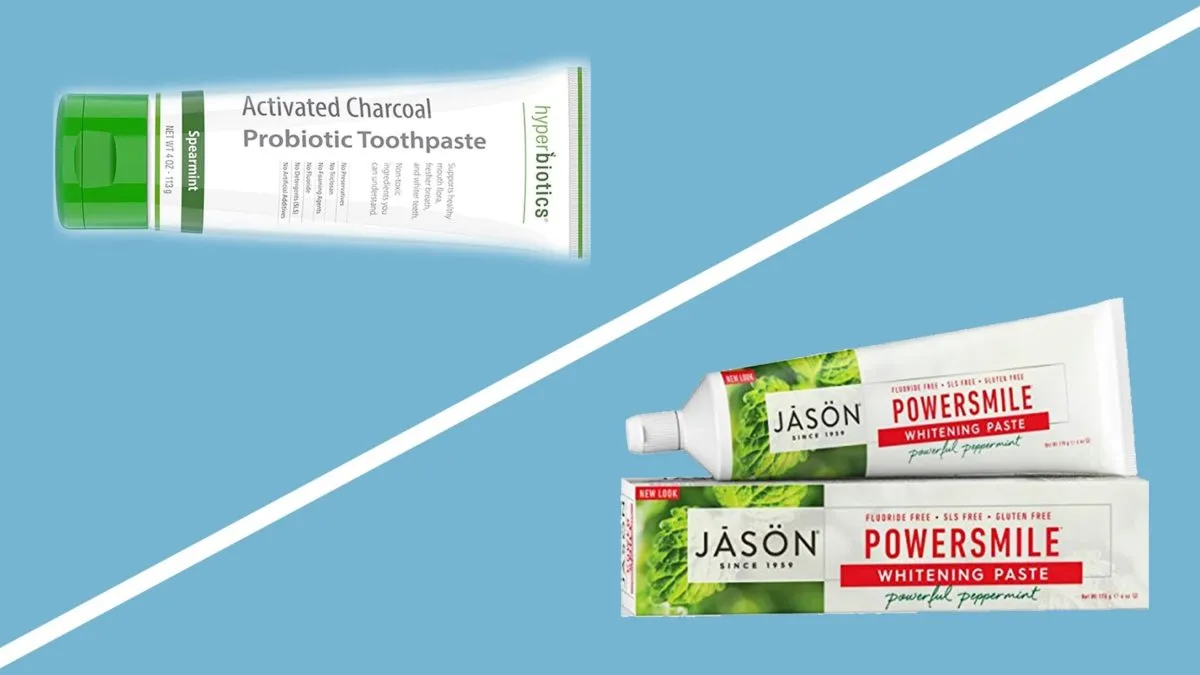
Several common mistakes can hinder the effectiveness of whitening toothpaste. One is brushing too aggressively. Excessive force can erode enamel and increase sensitivity. Another mistake is neglecting other aspects of oral hygiene, like flossing, which removes plaque and debris that can interfere with whitening. Also, avoid expecting instant results, because patience is necessary. Using too much toothpaste is another common mistake, as a pea-sized amount is sufficient. Inconsistent use or skipping brushing sessions can diminish results. Avoiding these common mistakes ensures that you make the most of your whitening toothpaste. Maintain a holistic approach to oral care. This includes proper brushing, regular flossing, and a healthy diet to optimize your results. Regularly visiting your dentist for check-ups and professional cleaning is also crucial.
Potential Side Effects and Precautions
While whitening toothpaste can effectively brighten your smile, it’s essential to be aware of the potential side effects and take precautions. Some people may experience increased tooth sensitivity, especially if they have naturally sensitive teeth or pre-existing dental issues. Other potential side effects include irritation of the gums or soft tissues. Always follow the instructions on the product label, and if you experience any adverse reactions, such as persistent sensitivity or discomfort, discontinue use and consult your dentist. Choosing the right toothpaste and using it correctly minimizes the risks. Knowing the possible side effects and taking the necessary precautions guarantees that you can safely and effectively use whitening toothpaste.
Sensitivity and Irritation
Tooth sensitivity and gum irritation are potential side effects of using whitening toothpaste. Some people may experience increased sensitivity to hot or cold foods and drinks, especially if their enamel is thin or if they have receding gums. If you experience sensitivity, consider using a toothpaste designed for sensitive teeth or alternating between whitening and regular toothpaste. Irritation can manifest as redness, soreness, or a burning sensation in the gums. If you notice any irritation, it may be due to the abrasive action of the toothpaste. Use a soft-bristled toothbrush and brush gently. Should these symptoms persist, consult your dentist for advice. Using the right toothpaste and adopting proper brushing techniques can reduce the likelihood of such side effects. Being vigilant and responsive to any changes in your oral health is important.
When to See a Dentist
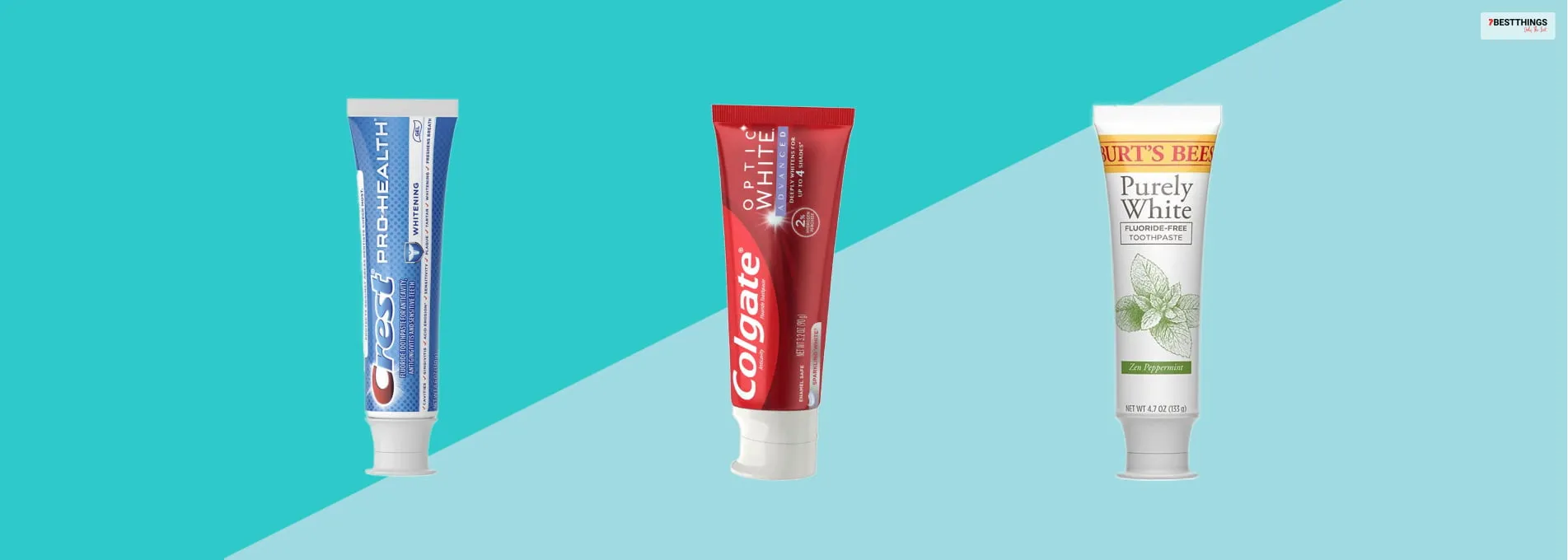
It’s important to know when to see a dentist while using whitening toothpaste. If you experience persistent tooth sensitivity or gum irritation, consult your dentist immediately. They can assess the cause and recommend solutions. If you notice any changes in your teeth, such as new stains or discoloration that doesn’t improve with whitening toothpaste, see your dentist. Any pain or discomfort in your teeth or gums requires professional attention. Your dentist can determine if the whitening toothpaste is contributing to the issue or if another dental problem exists. Regular dental check-ups are essential, particularly when using whitening products. They will monitor your oral health and ensure the whitening process is safe and effective. Consulting your dentist promptly ensures that you address any issues before they escalate. Your dentist is your best resource for maintaining your oral health while enjoying the benefits of a brighter smile.
